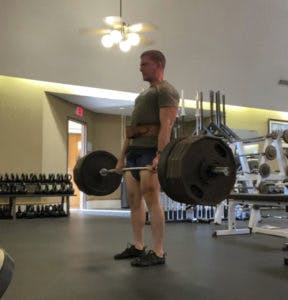By: Dr. Laura Wenger, PT, OCS, FAAOMPT
Spring is peeking its head around the corner here in Durango. With the coming of warmer months, we here at Tomsic PT are also starting to see a rise in patients coming in with injuries related to ramping up their training for varying activities including endurance running and cycling. When working with these patients, we often hear the question, “how much is too much?” when it comes to managing training progression and the risk of injury. Dr. Nathan Dailey and Tyrone Deel recently dove into this topic on one of the recent episodes of The Daily Note podcast. Because it is such an important topic and a question that most patients would like guidance with, I wanted to address some of the key principles here.
A lot of the answer comes down to how we define “Training Load”. There are two main types of training load that need to be considered here: internal and external.1 External training loads are more often what we think of- “physical work” being performed such as a distance ran or biked, an amount of weight lifted, and reps performed in a high intensity exercise, to name a few examples.1 Internal training loads include such things as ratings of perceived exertion (RPE) and heart rate, measures of how challenging or tasking an activity was to your body both physiologically and mentally.1

To determine the training outcome, an equation of sorts can be used: Outcome = Individual characteristics of the athlete + external training load + internal training load.1 Individual characteristics include things like age, baseline fitness level, and previous or current injuries.1 This highlights the importance of an individualized training program and accounts for the fact that two individuals training for the same race on the same “training schedule” may have very different outcomes, such as one sustaining an injury and the other not (I speak from experience as the injured person here).

There are guidelines for how to safely progress training in order to achieve an optimal outcome- performing at your desired level/goal and being injury-free usually the target here. As physical therapists, we are trained to help you look at these individualized factors, especially in the context of past or current injury, to help guide you toward doing what you love without limitation as much as possible. If you’re currently training for a certain activity or event and desire more guidance to doing this without unnecessary aches and pains, be sure to reach out to schedule an appointment with one of our PTs so we can discuss your optimal training progression based on your individual needs.
1. Gabbett TJ. The training-injury prevention paradox: should athletes train smarter and harder? Br J Sports Med. 2016; 50:273-280.
